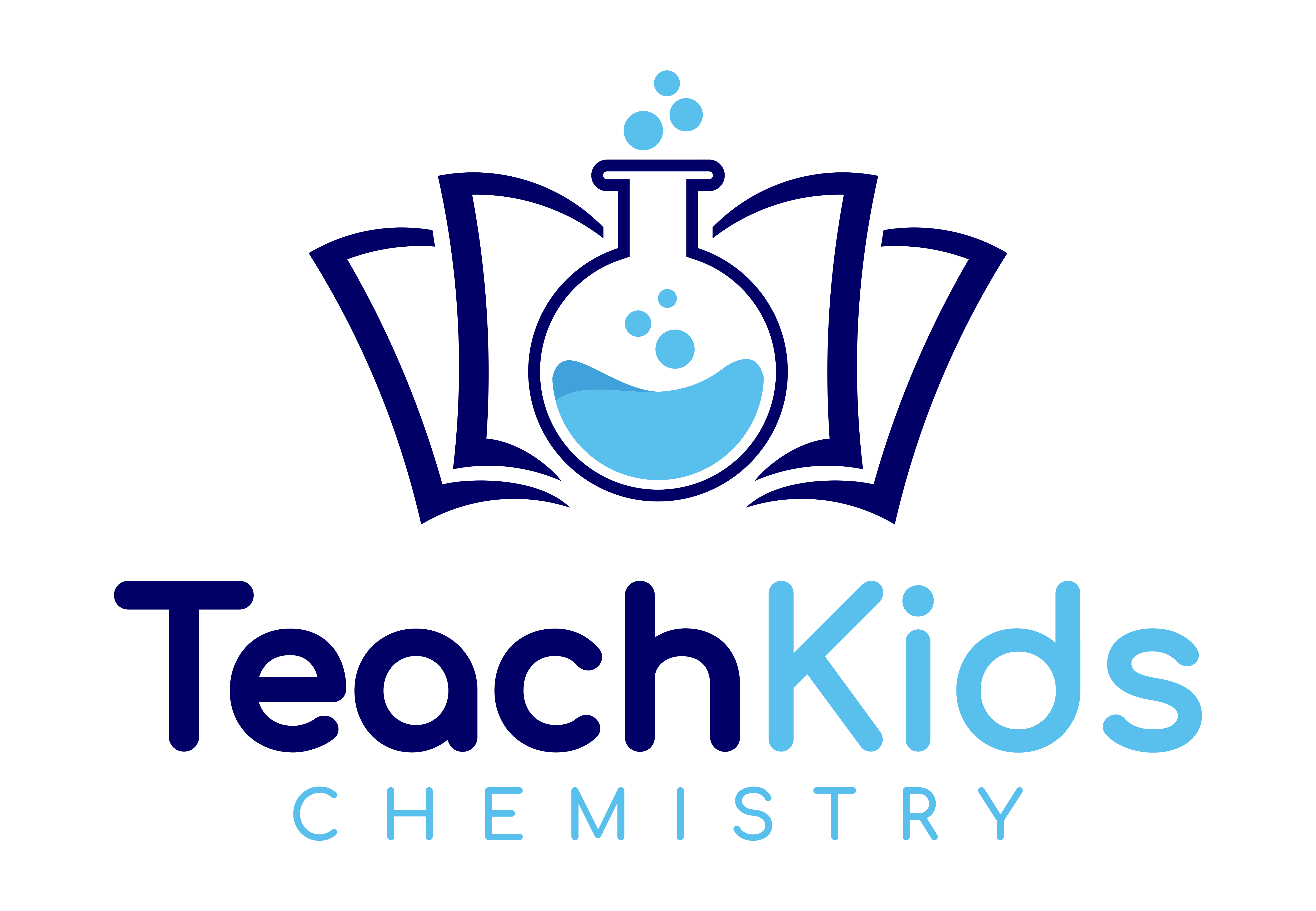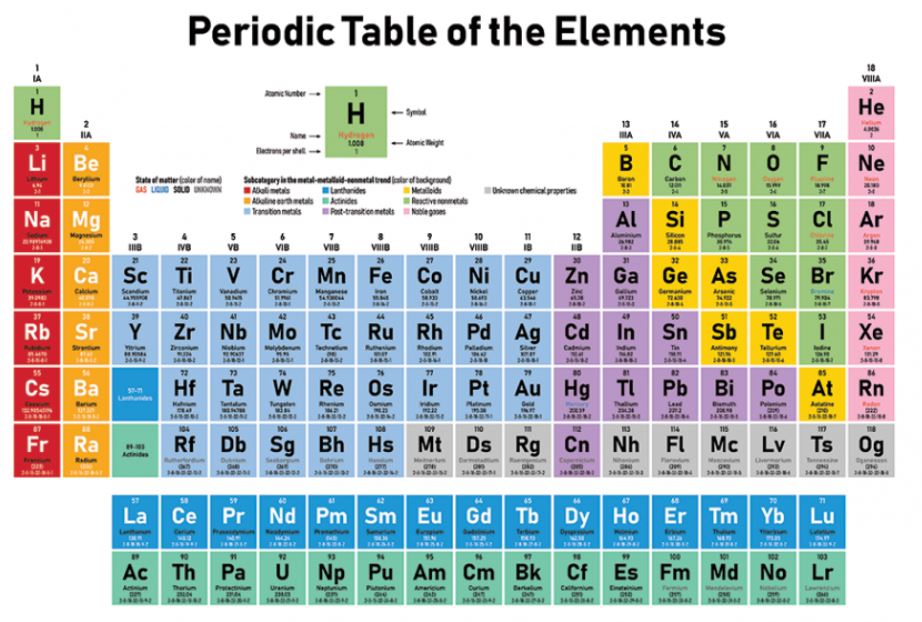Hello and welcome to Teach Kids Chemistry! Today, we will be discussing the element lawrencium. Lawrencium is a highly radioactive element that was first synthesized in 1961. It is named after Ernest O. Lawrence, the inventor of the cyclotron, which was used to discover many new elements. Lawrencium is a member of the actinide series and is located in the bottom row of the periodic table. Let’s dive in and learn more about this fascinating element!
The Periodic Element Lawrencium Overview
Lawrencium is a synthetic element with the symbol Lr and atomic number 103. It is a member of the actinide series and is named after Ernest O. Lawrence, the inventor of the cyclotron. Lawrencium has an atomic mass of 262 and its most stable isotope has a half-life of about 3.6 hours. It has 159 neutrons, 103 protons, and 103 electrons. Lawrencium is located in period 7 and group 3 of the periodic table. It is a metal and is in the solid phase at room temperature. Lawrencium has an electronegativity of 1.3 and a specific heat capacity of 27.2 J/(mol·K). Its melting point is estimated to be around 1900 K and its boiling point is unknown. The density of lawrencium is also unknown due to its short half-life and the difficulty in producing enough of it for accurate measurements.In summary, lawrencium is a synthetic element with the symbol Lr and atomic number 103. It is a member of the actinide series, located in period 7 and group 3 of the periodic table. Lawrencium is a metal, has an atomic mass of 262, and has 159 neutrons, 103 protons, and 103 electrons. It has an electronegativity of 1.3, a specific heat capacity of 27.2 J/(mol·K), and its melting point is estimated to be around 1900 K. However, due to its short half-life and the difficulty in producing enough of it for accurate measurements, the boiling point and density of lawrencium are currently unknown.
Everyday objects that contain the periodic element lawrencium?
There are many everyday objects that contain chemicals or compounds that can be used to teach chemistry concepts. For example, water is a compound made up of two hydrogen atoms and one oxygen atom, and can be used to teach about chemical formulas and the properties of compounds. Salt, which is made up of sodium and chlorine ions, can be used to teach about ionic bonding and the properties of solutions. Baking soda, which is sodium bicarbonate, can be used to teach about chemical reactions and the properties of acids and bases. Other examples include vinegar, which is acetic acid, and aspirin, which is acetylsalicylic acid. By using everyday objects that contain chemicals, students can learn about chemistry concepts in a simple and relatable way.
Differences in the periodic element lawrencium across states of matter
The state of an element can vary greatly depending on its temperature and pressure. At standard temperature and pressure (STP), most elements are either solids or gases. Solids have a fixed shape and volume, while gases have neither. As temperature and pressure increase, some solids can become liquids, which have a fixed volume but take the shape of their container. As temperature and pressure continue to increase, some liquids can become gases, which have neither a fixed shape nor volume. At extremely high temperatures and pressures, some gases can become plasmas, which are highly ionized and conductive. Plasmas are often found in stars and lightning bolts, and have unique properties such as the ability to emit light.
Is the periodic element lawrencium dangerous or radioactive?
Yes, lawrencium is a highly radioactive element and is considered to be very dangerous. It is a synthetic element that is not found naturally on Earth and can only be produced in a laboratory. Lawrencium has a very short half-life, which means that it decays quickly and releases a large amount of radiation. Due to its high radioactivity, lawrencium is not used for any practical applications and is mainly studied for scientific research purposes. Therefore, it is important to handle lawrencium with extreme caution and follow proper safety protocols when working with it.
Is the periodic element lawrencium rare and expensive?
Yes, lawrencium is a rare and expensive element. It is a synthetic element that is not found in nature and can only be produced in a laboratory. Its production requires a nuclear reactor and is a complex and expensive process. The cost of producing lawrencium is estimated to be around $100,000 per microgram, making it one of the most expensive elements in the world. Due to its rarity and high cost, lawrencium has limited practical applications and is mainly used for scientific research purposes.
Learn about all the elements with a periodic table!

